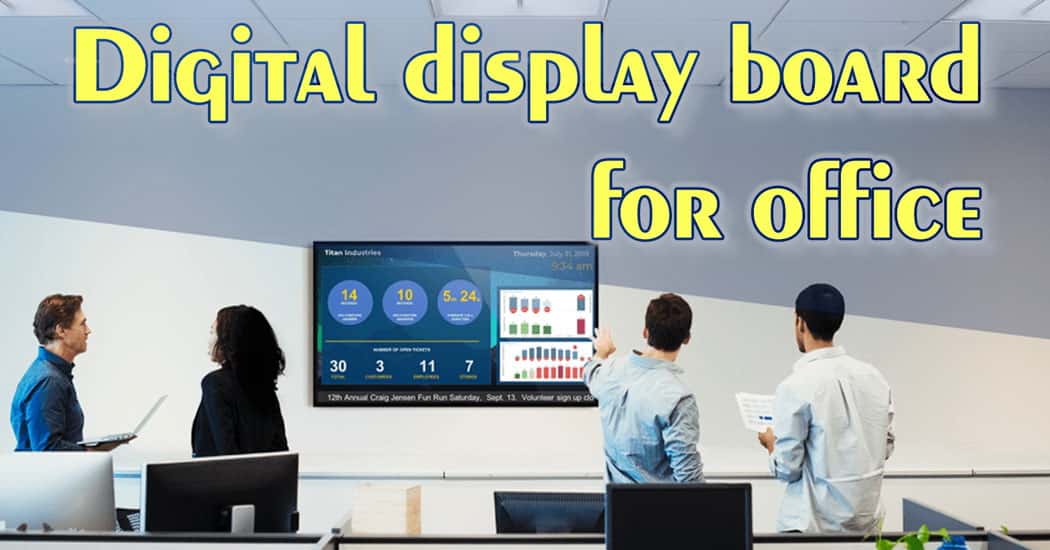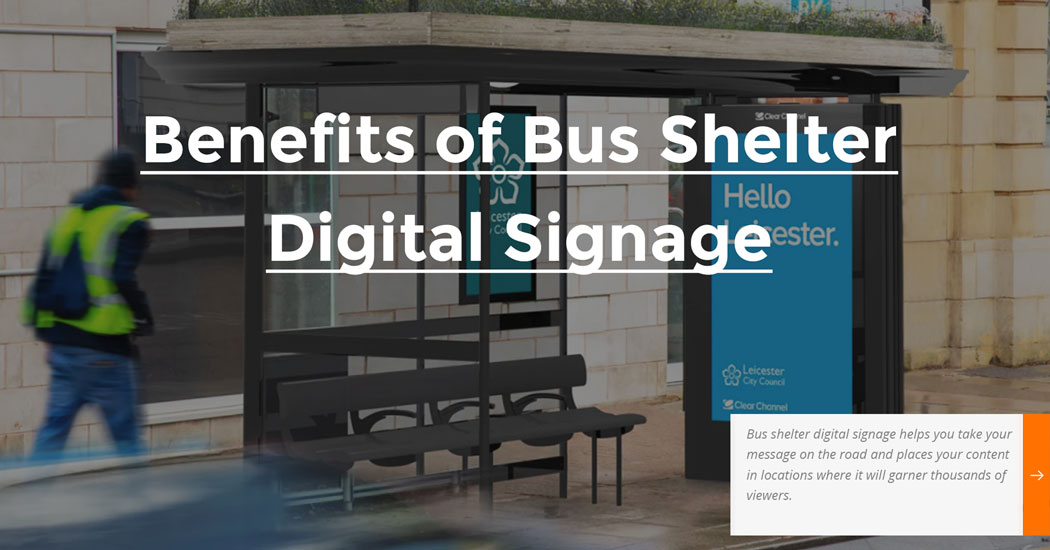
- Post Publish:
- Categories: Industry news
- Updated:
- Posts by Mina Xiao
How banking self service kiosks enhance engagement and convenience?

Mina Xiao
Latest update post:
Table of contents:
Banking self service kiosks is a financial electronic payment tool, an electronic device for customers to perform self-service, and a financial service device installed in a fixed place to handle specified business needs. Bank self-service kiosks do not need to go to a manual service counter to handle business. You can handle banking business, query information, etc. directly on the machine.
These kiosks offer a wide range of services, from simple balance inquiries to complex transactions, and are available 24/7.
What is Banking self service kiosks?
Bank interactive self-service kiosks mean that you do not need to go to a manual service counter. You can handle banking services, query information, etc. directly on the machine. You can apply for a card by yourself, open banking services, report loss, change passwords, print personal details, etc.
A bank interactive self-service kiosk is a financial electronic payment tool, an electronic floor standing interactive kiosk for customers to perform self-service, and a financial service device installed in a fixed place to handle specified business needs. Banking self service kiosks do not need to go to a manual service counter to handle business. You can handle banking business, query information, etc. directly on the machine.
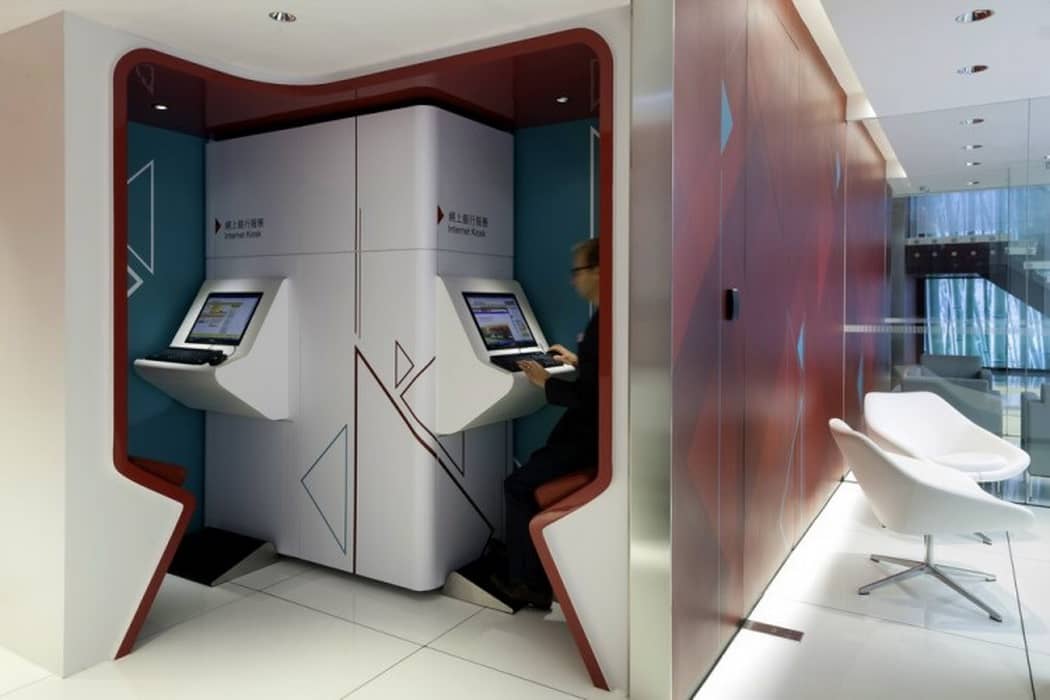












With the help of the Banking self service kiosks, customers can perform basic functions such as cash withdrawals, cash deposits, cash deposits, and withdrawals, balance inquiries, transfers within the bank or to other banks, and password changes; some multi-functional self-service terminals also provide services such as passbook printing, A series of convenient services such as statement printing, check deposit, envelope deposit, bill payment, recharge, etc.
How to Improve Customer Engagement via Banking self service kiosks?
1. Accessibility and Location
The success of bank interactive self-service kiosks largely depends on their accessibility and strategic placement. Banks must ensure that kiosks are conveniently located in high-traffic areas, such as branches, shopping malls, or transportation hubs. Customers should be able to access kiosks without inconvenience, and their presence should be visually prominent.
Additionally, consider extending the accessibility by introducing mobile kiosks or ATM-like machines to reach customers in various locations. These strategically placed kiosks not only enhance customer engagement but also drive foot traffic to physical branches, increasing the opportunity for face-to-face interactions when needed.
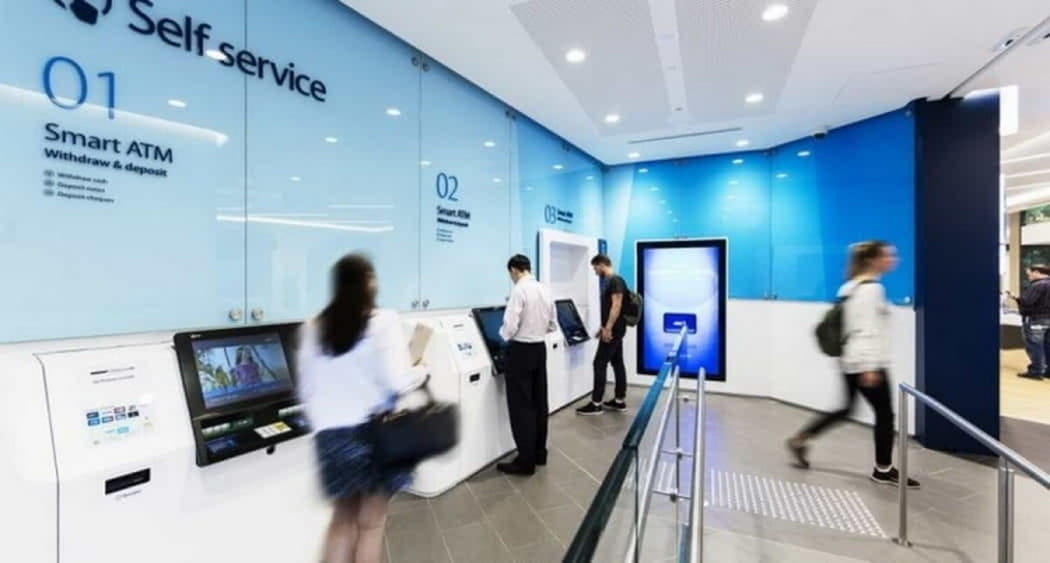
2. User-Friendly Interface
The interface of interactive Banking self service kiosks is a critical aspect of customer engagement. A user-friendly interface ensures that customers can easily navigate the kiosk and complete transactions without frustration. Incorporate touch-screen technology, intuitive icons, and clear instructions to guide users through their desired transactions. Additionally, provides multilingual options to cater to a diverse customer base.
Regularly update and test the kiosk software to ensure it remains user-friendly and efficient. Consider implementing features like voice assistance and video conferencing for customers who may require additional support.
3. Personalized Experience
To engage customers effectively, Banking self service kiosks should offer a personalized experience. Utilize customer data to provide tailored recommendations and services based on their transaction history and preferences. For instance, if a customer frequently makes international money transfers, the kiosk could suggest foreign exchange rates or offer promotions related to this service.
Personalization not only enhances engagement but also deepens the customer’s sense of connection with the bank, making them feel valued and understood.
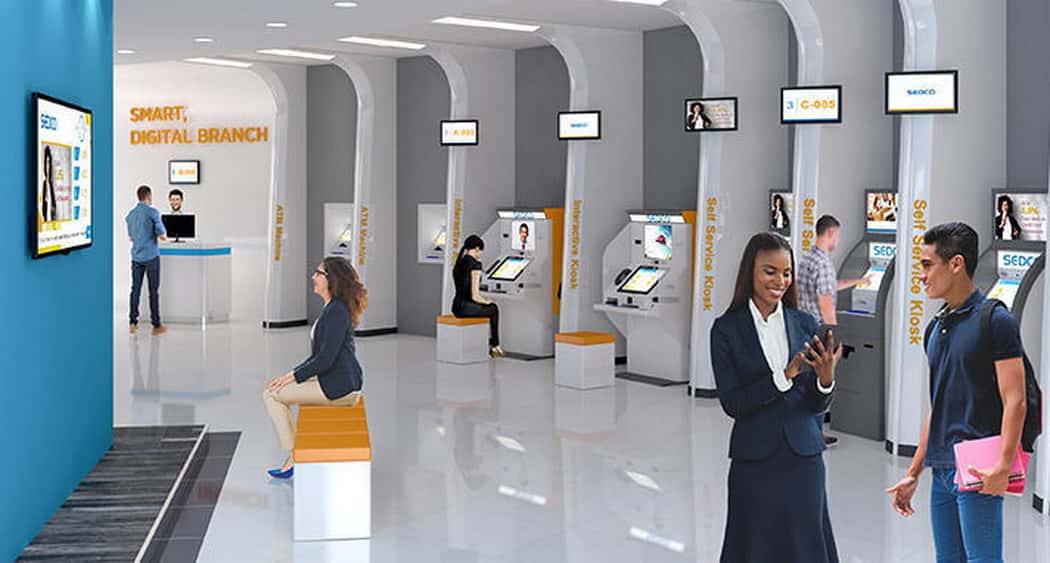
4. Seamless Integration
Successful interactive Banking self service kiosks should seamlessly integrate with other channels and touchpoints of the bank. This ensures that customers can start a transaction at a kiosk and complete it later through online banking or a mobile app. The ability to switch between channels without losing progress is a powerful way to keep customers engaged.
Moreover, ensure that data and transaction history are synchronized across all channels to provide a consistent and coherent customer experience.
5. Incentives and Rewards
Incentives and rewards can be a powerful strategy to boost customer engagement through self-service kiosks. Banks can introduce loyalty programs or offer discounts and promotions exclusively available through the kiosks. This encourages customers to use the kiosks regularly and feel rewarded for their self-service actions.
6. Customer Support
While interactive Banking self service kiosks aim to reduce the need for in-person interactions, providing immediate customer support when required is essential. Incorporate real-time chat or video support options within the kiosk interface. These support services can connect customers to bank representatives who can guide them through more complex transactions or address any issues they may encounter.
Quick and efficient support ensures that customers feel confident and secure when using Banking self service kiosks, thus promoting their ongoing engagement.
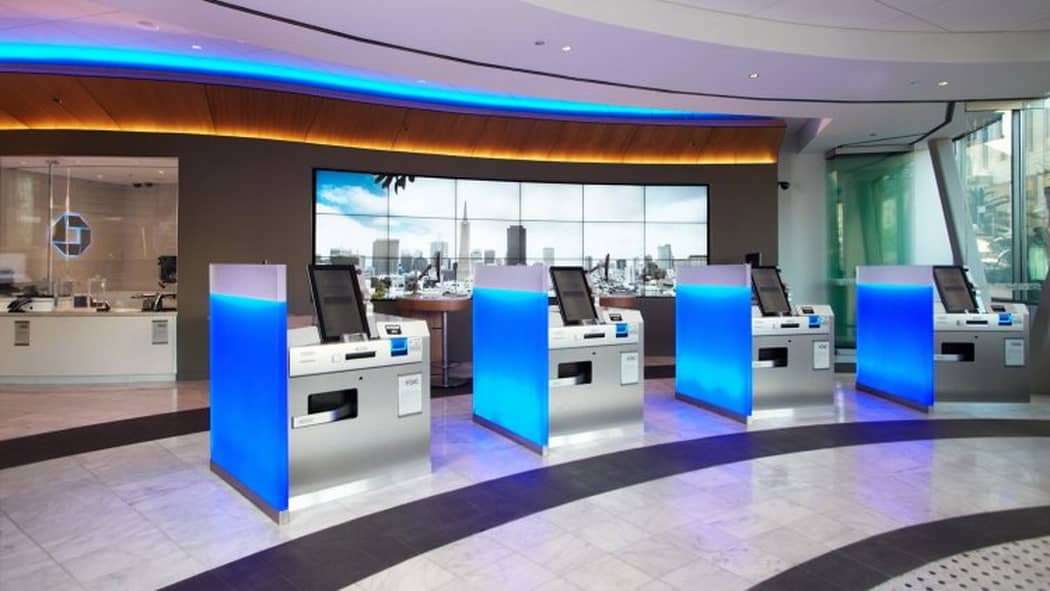
7. Regular Maintenance and Updates
To maintain customer engagement through Banking self service kiosks, it’s crucial to regularly maintain and update the machines. Ensure that all hardware and software components are in working order. Implement security patches and updates promptly to safeguard against potential vulnerabilities.
Outdated or malfunctioning kiosks can lead to customer frustration and disengagement, so investing in their maintenance is an investment in customer satisfaction.
8. Data Analytics
Utilize data analytics to gain insights into customer behavior and preferences when using Banking self service kiosks. Analyzing this data can help banks make data-driven decisions on how to improve the kiosk experience, personalize offerings, and increase customer engagement.

